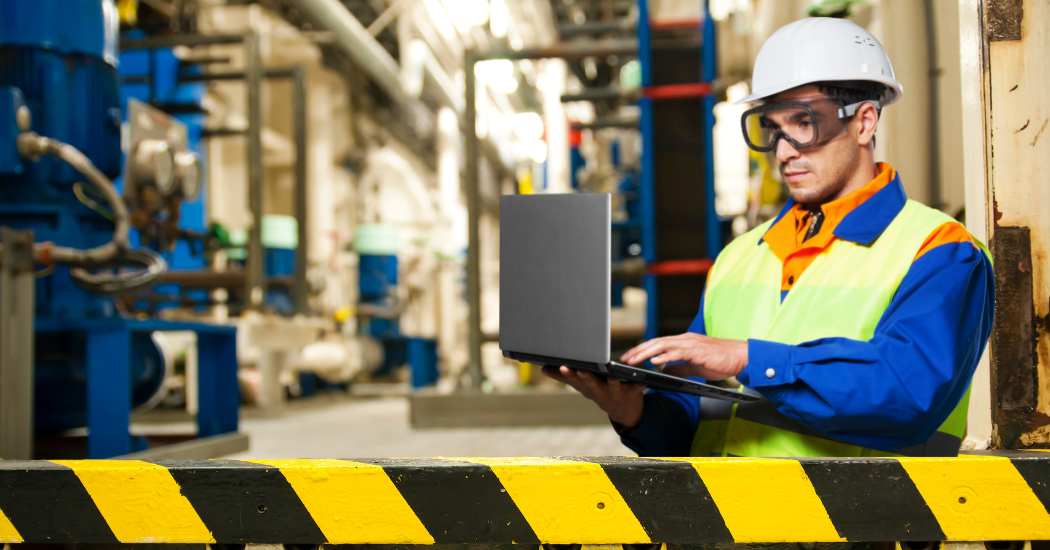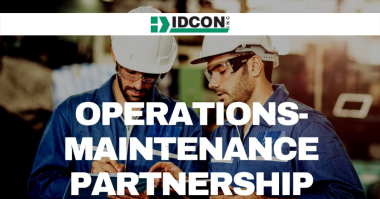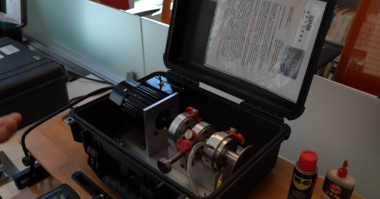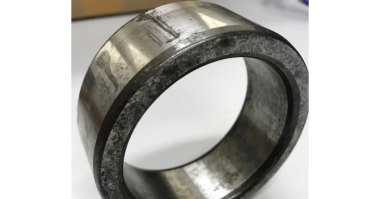Yesterday things were great! But today you are told your Maintenance Cost (MC) as a percent of your Estimated Replacement Value (ERV) is 4.9%. According to Consulting, Inc., and your corporate management 4.9% is way too high!
Good performers are under 3%, some operations are even under 2%. So, the question is what are you going to do about it, Mr. Maintenance Manager?
Where’s that ERV number coming from?
Before we discuss what should be done about this situation, let’s discuss the number. An educated guess is that the number has emerged from financial consulting firms trying to benchmark maintenance management.
Many use a MC/ERV of 2-3 percent as a benchmark for best performers. Is it reasonable to use the number as a benchmark? In theory it can be, but I have rarely seen it used to help an organization assess or improve maintenance. Let me explain some of the deficiencies in applying the number.
The target number (2-3%) is often applied to all industry with the assumption that all industry maintenance cost should be the same if the estimated replacement value is the same.
This is not a reasonable assumption. A computer chip manufacturer may buy a piece of equipment for $5,000,000 to produce wafers while a cement operation buys three 400-ton load capacity trucks for the same cost and same ERV.
Does that mean that the maintenance cost is the same for the wafer making machine and the three trucks, I highly doubt it, but that is the underlying assumption for use of the number.
The maintenance cost compared to the equipment value is different depending on industry.
For example, a mining operation has a much higher MC/ ERV than a fixed plant operation. A Mining corporation that is considered an industry leader recently surveyed the MC/ERV number in 11 mine locations. The MC/ERV ranged from 18% – 36%.
Equipment in some industries wears more. A Gould 3196 pump servicing water supply has a higher MC/ERV than a slurry pump servicing oil sand.
The slurry pump convolute often grind down in less than a year due to the extremely sharp sand grains while the water pump may last for years.
The Maintenance Cost is measured different from areas, locations, and corporation. Some capitalize large maintenance jobs, some don’t. You may say there are rules in place for capitalizations.
Area A has a $100,000 job they want to put on the maintenance budget. They simply bring out my magic wand, now there are 3 jobs for $33,333 each! And so, it goes on, with different rules for different companies, different definition of maintenance, and different people.
Maintenance cost can easily vary 40-50%. A reliable ERV is equally difficult to establish.
To get as close to right as possible, you need to go back to the original investment. Then, you must decide what index to use for estimating current replacement value. After that, you need to cluster all investments and divestments, for example, in a three-year period. When all this is done, you can calculate ERV. This number is far from an exact number regardless of how you calculate it.
What Do you Do?
Regardless of what anyone thinks about the number you will most likely have to live with it at your location. What are you going to do about the maintenance cost? I mean you probably can’t change the ERV unless you use dynamite on the equipment, but I wouldn’t recommend that!
Poor options
If you must change maintenance cost short term you are out of any good options. Maintenance can be deferred for about 12-18 months.
My recommendation is that you make sure you become a hero and are promoted out of the plant before the 12 months are up, because the deferred maintenance will catch up around that time.
You can cut maintenance staff, which also works as an automatic system for deferring maintenance. Often, the logic is that maintenance people only work 2—3 hours per day, so let’s cut 30% of the crew. The problem is that when the cut is done the remaining maintenance people now only work 1 ½ to 2 hour per day.
A good option
Sit down with your lead team and ask, “what drives cost (maintenance and operational) down long term?”
IDCON has done this with many corporations and with honest discussions we always come to the same conclusions.
You must improve the following work processes to reduce maintenance cost and increase production volume long term:
Planning, scheduling, preventive maintenance, condition monitoring, spare parts management, and root cause problem elimination.





Comments